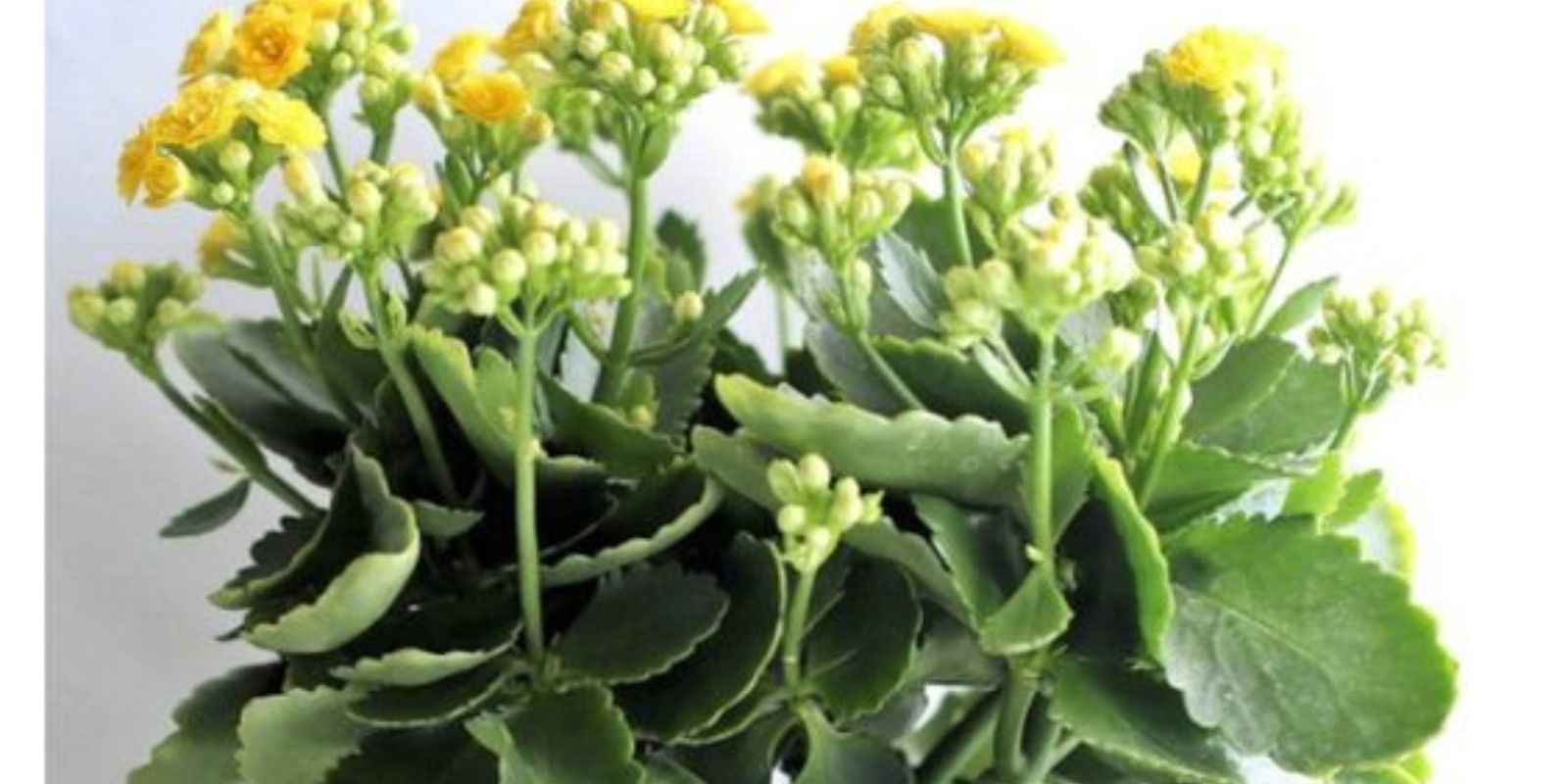Introduction
Kalanchoe, a vibrant and hardy houseplant, has gained popularity for its attractive foliage and clusters of colorful, long-lasting flowers. Native to Madagascar, this succulent is known for its resilience and low maintenance, making it a favorite among both novice and experienced gardeners. With the right care, your Kalanchoe can bloom for extended periods, adding a splash of color to your indoor spaces. This article provides a comprehensive guide on how to care for your Kalanchoe to ensure it thrives and blooms beautifully.
Understanding Kalanchoe
Before diving into the care tips, it’s important to understand a bit about the Kalanchoe plant. Belonging to the Crassulaceae family, Kalanchoe comes in various species, with Kalanchoe blossfeldiana being the most popular due to its vibrant blooms. These plants are succulents, meaning they store water in their leaves and stems, making them drought-tolerant and relatively easy to care for. They typically bloom in late winter to early spring, but with proper care, you can enjoy their flowers year-round.
Steps for Caring for Kalanchoe
1. Provide Bright, Indirect Light
Kalanchoe plants thrive in bright, indirect sunlight. Place your plant near a window where it can receive plenty of light without being exposed to direct, harsh sunlight. Direct sunlight, especially during the peak afternoon hours, can scorch the leaves. If you live in a region with intense sunlight, consider using sheer curtains to filter the light.
Tip: Rotate the plant occasionally to ensure all sides receive equal light, promoting even growth and blooming.
2. Water Sparingly
One of the most critical aspects of Kalanchoe care is proper watering. Being a succulent, Kalanchoe stores water in its leaves and can tolerate drought better than overwatering. Water the plant thoroughly when the top inch of soil feels dry. Allow the excess water to drain out completely to avoid waterlogging, which can lead to root rot.
Tip: In winter, reduce watering frequency as the plant’s growth slows down. Overwatering during this period can be particularly harmful.
3. Use Well-Draining Soil
Kalanchoe prefers well-draining soil to prevent root rot. A cactus or succulent potting mix works well for this purpose. Alternatively, you can make your own mix by combining regular potting soil with sand or perlite to improve drainage.
Tip: Ensure the pot has drainage holes to allow excess water to escape, preventing the roots from sitting in water.
4. Maintain Moderate Temperatures
Kalanchoe plants thrive in moderate temperatures, ideally between 60-85°F (15-29°C). They do not tolerate extreme cold and should be kept away from drafts, air conditioners, and heaters. During the winter, keep the plant in a warmer part of your home to protect it from cold drafts.
Tip: If you live in a colder climate, consider using a humidity tray or humidifier to maintain a suitable environment for your Kalanchoe.
5. Fertilize Occasionally
Fertilizing your Kalanchoe can encourage healthy growth and more vibrant blooms. Use a balanced, water-soluble fertilizer diluted to half strength every 2-4 weeks during the growing season (spring and summer). Avoid over-fertilizing, as this can lead to excessive foliage growth at the expense of flowers.
Tip: Reduce or stop fertilizing in the fall and winter when the plant’s growth slows down.
6. Prune After Blooming
Pruning is essential to keep your Kalanchoe looking its best and to encourage new blooms. After the flowers have faded, use sharp, clean scissors to trim spent blooms and any leggy growth. This helps redirect the plant’s energy into producing new flowers and maintains a compact, attractive shape.
Tip: Regular pruning also helps improve air circulation around the plant, reducing the risk of pest infestations.
7. Reduce Watering in Winter
During the winter months, Kalanchoe enters a period of dormancy and requires less water. Overwatering during this time can lead to root rot and other issues. Water sparingly, allowing the soil to dry out completely between waterings.
Tip: Keep an eye on the plant’s leaves. If they start to shrivel, it may be a sign that the plant needs more water.
8. Check for Pests
Kalanchoe can occasionally fall victim to pests such as aphids, mealybugs, and spider mites. Regularly inspect your plant for any signs of pests, such as discolored leaves, sticky residue, or webbing. If you notice any pests, treat the plant promptly with insecticidal soap or neem oil.
Tip: Quarantine new plants before introducing them to your existing collection to prevent the spread of pests.
Propagation Tips
One of the joys of growing Kalanchoe is that it’s easy to propagate, allowing you to expand your collection or share with friends. Here’s a simple method to propagate Kalanchoe:
- Take a Cutting: Using clean, sharp scissors, cut a healthy leaf or stem from the parent plant.
- Let it Callous: Allow the cutting to sit in a dry, warm place for a few days until the cut end forms a callous.
- Plant the Cutting: Insert the calloused end into a pot filled with well-draining soil. Water sparingly and place in bright, indirect light.
- Wait for Growth: In a few weeks, roots will begin to form, and new growth will appear.
Conclusion
Caring for a Kalanchoe plant is a rewarding experience that brings vibrant blooms and a touch of greenery into your home. By providing the right light, watering correctly, using well-draining soil, maintaining moderate temperatures, fertilizing occasionally, pruning regularly, and monitoring for pests, you can ensure your Kalanchoe thrives and blooms for extended periods.
Ready to enjoy more blooms? Follow these care tips to keep your Kalanchoe flourishing and vibrant. Start today and see the difference in your plant’s health and blooming! With a little attention and care, your Kalanchoe will reward you with its stunning flowers and easy maintenance. Happy gardening!

